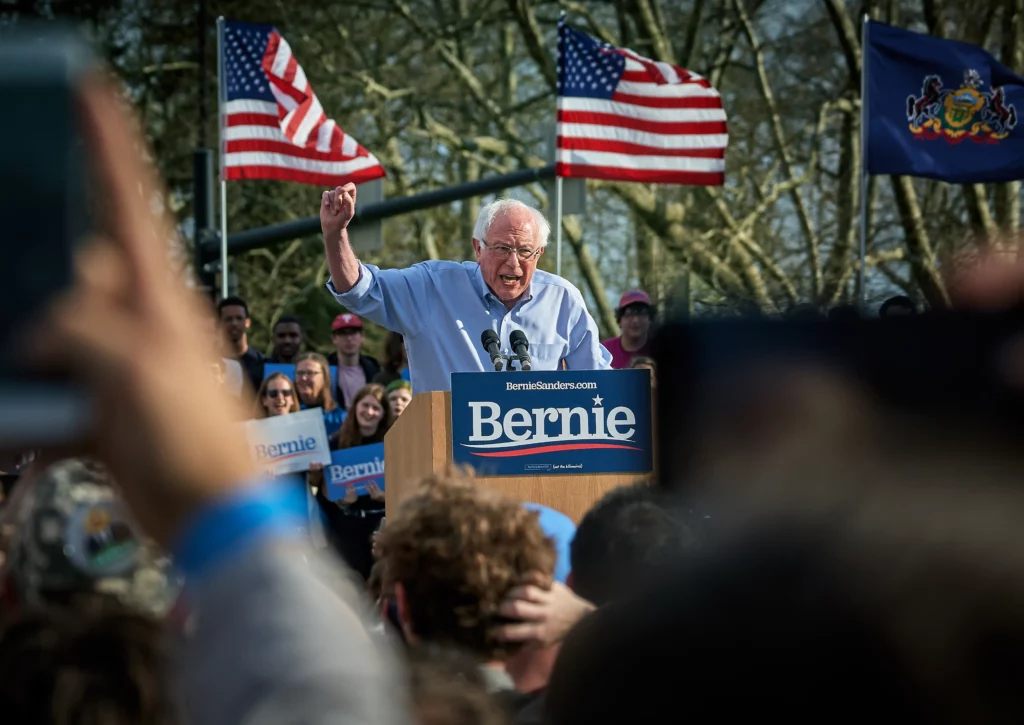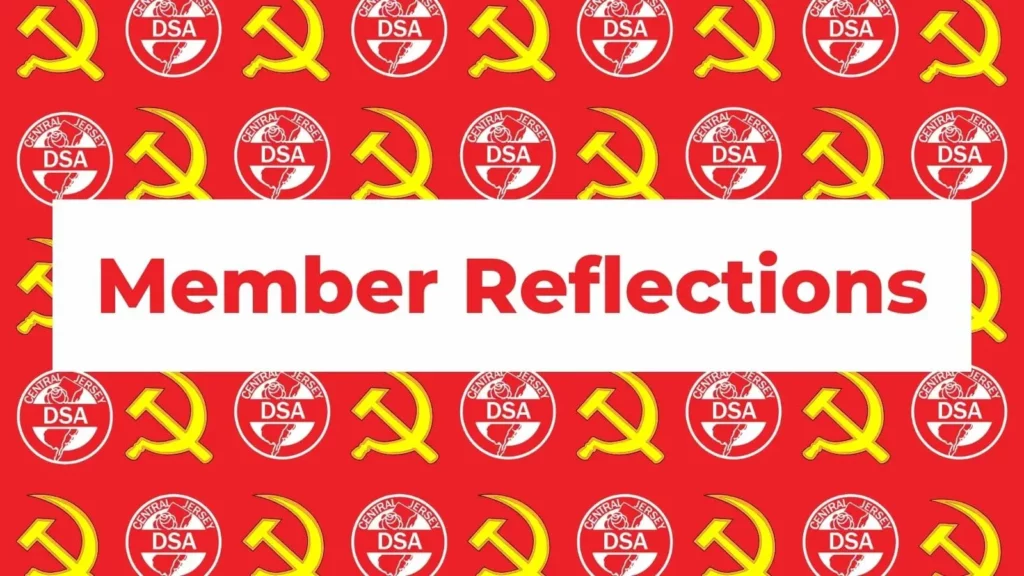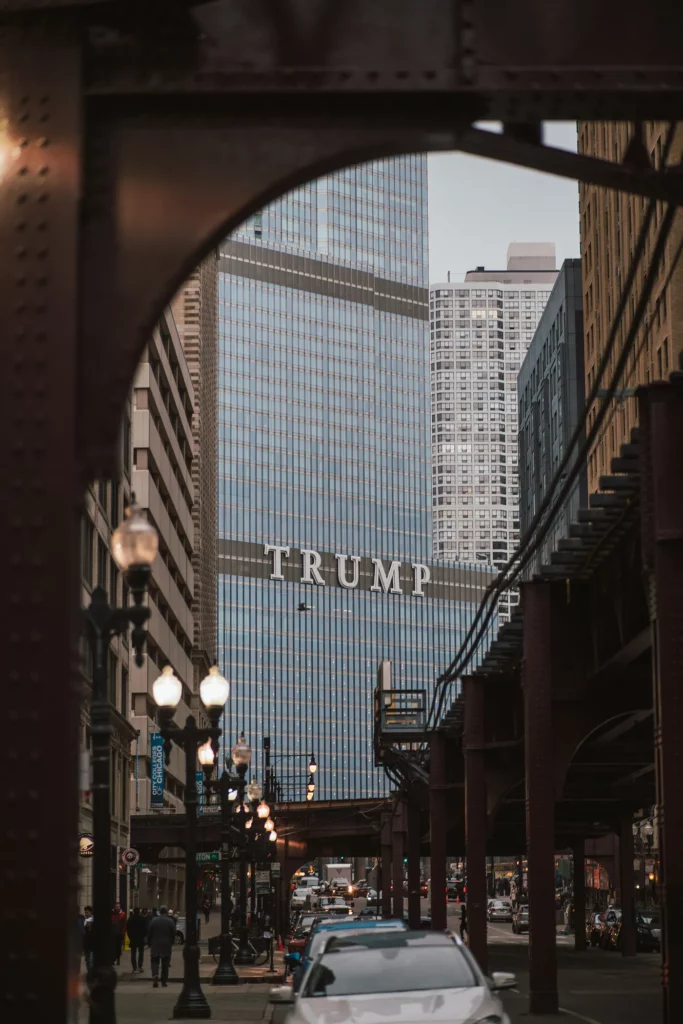by Will Fisher
Introduction
Socialists running in elections within the bourgeois-democratic electoral system in America today will always be underdogs. Until that system is replaced, that’s the simple reality of the situation as the entrenched capital-tied powers-that-be throw up innumerable barriers to keep socialists from obtaining elected power.
Given this situation, recent high-profile socialist electoral defeats (I’m sure I don’t need to list them) are unsurprising, yet still demoralizing- pouring time, money, and emotional energy into campaign after campaign takes its toll, especially with the all-or-nothing nature of the US electoral system.
To my mind, a big reason for the sense of electoral burnout I’ve observed on the left this year is the cyclic nature of elections- A leftist candidate rises, motivates volunteers and donations, does voter turnout and persuasion, fights their fight (and usually loses, to be brutally honest), and then everyone goes home and the situation resets. If the candidate doesn’t win, all that effort is largely for naught.
This phenomenon is not exclusive to the left (witness the spectacle of Democrats throwing tens of millions of dollars into a black hole so Amy McGrath could lose to Mitch McConnell by a historically large margin in 2020), but we can do better. A major advantage left populists have is that populism is fundamentally about people, plural- the movement is larger than any one candidate, and we should embrace that in our electoral strategy.
Traditionally, we see campaigns as candidate-centered, where the goal is to promote the candidate and their virtues to the electorate, but the campaign process could instead be centered around an organization, or, dare I say, a brand, to borrow a capitalist term.
The Advantages of Brand-Building
If we think of the primary goal of an election campaign as promoting an organization and its ideals in the eyes of the public, then the work that was done to reach and persuade voters as part of any particular race was not wasted. As voters get to know the organization and its brand, they will remember it in future elections. A specific candidate for a specific position may or may not run again, but if voters can be persuaded to favor the DSA in general they will most likely vote DSA in future elections without having to be persuaded again on a new candidate. Brand loyalty can be developed and reinforced over time, allowing us to build a durable popular movement whose success doesn’t hinge on singular leaders or electoral wins.
This approach helps to mitigate burnout because success can be redefined- rather than 50.1% or bust, we can define success based on the number of wins across the DSA’s slate, as well as the margins involved. Further, knowing that your efforts aren’t in vain should a given candidate come up short motivates people (including potential candidates in the slate) to spend their limited time and money on the project. From a market economics perspective, participants get a guaranteed return on investment (of uncertain magnitude), rather than an all-or-nothing gamble.
Consider a typical election ballot- it lists candidates for an office, but also makes abundantly clear *which party* they belong to. In many cases, candidates win office on the back of their party line without identifying themselves to voters because voters trust what that party stands for (vague and cynically defined as it is) such that they don’t need to research every candidate under their banner. While the DSA lacks a separate ballot line (for now), there is nothing preventing us from developing our electoral brand in the same way that the major parties do.
Our goal should be that when voters see the “DSA” tagline on a candidate, they know what this candidate stands for, and that they can be trusted to work towards those goals. They should be able (and encouraged) to vote “straight ticket DSA” on as many races as we can muster candidates for.
One narrative I’ve seen on the left recently has been to attribute electoral failures, such as India Walton’s recent defeat in Buffalo (or indeed, the defeat of Bernie in both 2016 and 2020), to a lack of voter confidence in them as a perceived newcomer and political outsider who can’t be relied upon to get things done inside the machine.
While a stellar candidate can define themselves to voters and overcome this outsider disadvantage, as socialists our movement should not rely on exemplar individuals- a populist movement must allow participation by ordinary people without decades of service and activism and a polished rhetorical style. Building the DSA brand will allow ordinary working class people to run and win under our banner, and is both strategically and ideologically necessary.
Mechanisms of Brand-Building
So how do we do this? Here’s some good first steps we can take:
- Run a slate.
Having candidates in the general/primary for as many races as possible, even if more energy is spent on some of those races than others, makes the election less about one candidate versus another and more about the DSA versus the establishment. It also increases the perceived legitimacy of the DSA as a political force in the public eye, and weakens the “outsider” critique- rather than outsider versus insider, the dynamic is one of two parallel political power structures.
2. Campaign for the organization, not for a candidate.
Both major parties spend large sums of money annually on coordinated political messaging not attached to a single candidate. At all levels- local, state, and national, Democrat and Republican organizations work to develop their “brand” (milquetoast and focus-tested as it is) in the eyes of voters. This brand is so strong that a large majority of voters vote simply on party identity, rather than the merits of individual candidates.
If the DSA wants to establish a long-term political identity as anything other than the left-wing of the Democratic party, we need to do the same. Electoral campaigns should center the DSA’s image and message, with our candidates as avatars who will enact that message. Our goal should be for voters to turn out for “the DSA candidate” not for “Jane Smith the candidate endorsed by the DSA”
As a further advantage, candidates’ political identities being tied to the DSA in this way makes it harder for them to act out of line with the general desires of the DSA and its membership, a topic of some concern recently within the DSA.
3. Eliminate the “cycle”
While elections are only held once (or twice, with primaries) per year in most areas, and individual positions are only up for election every 2/3/4/6 years, brand building is a continuous process. To take a page from the capitalists’ book, well known brands (for example Coca-Cola) spend horrendous sums of money on marketing to make sure their name remains a household one, even among those who aren’t habitual consumers. In the political area, both major parties are omnipresent in the news, whether they are driving the news cycle or merely reacting to it. Elected officials are treated in the news not just as individuals, but as representatives of their parties. This constant stream of reminders that the organization exists (and their position on the issues of the day) lets the parties retain public mindshare even when elections are far away, and keeps their core voters involved and committed.
While the DSA is not in a position to extract free publicity from the corporate news media, we can achieve the same effect in our own way. Non-electoral organizing activities and outreach can keep us in the public eye outside election season.
Unionization campaigns, which are indefinite in term (no “cycle”) and have similar underdog status (most fail) can provide an example for how this continual electoral work might look. A typical union organizing conversation starts with an assessment of a worker’s feelings on the topic of unionization, followed by giving the worker information (persuasion, inoculation against management propaganda, and so on), and finishes with an ask. A well-run campaign has a whole series of asks of escalating commitment, starting with “will you vote yes” all the way to “will you join the organizing committee,” with the goal of advancing supporters through these stages over time.
Electoral work provides a good initial ask for the DSA (will you vote DSA in the election), and can act as a source of additional asks: Will you canvas, will you talk to your friends, will you formally join the DSA, will you join a working group, and so on. Electoral asks can lead directly into other forms of organizing, and can help build the organization regardless of how much success is found at the ballot box.
So where do we start?
If all of the above sounds good to you, you’re in good company! As with most initiatives in the DSA, the place to start is in local chapters. Talk to your steering committee about these ideas. Consider your region, and your chapter- where could you best run a combined slate of candidates? For 2022, think about what state and local elections look like in your area. Could you run a full slate for city council and mayor? Ideally, we want depth rather than breadth- it’s better to saturate one ballot, one city, where brand building can be concentrated, rather than to spread out geographically.
Lastly, remember to be patient- building an electoral identity for our organization in the public eye will take time. The seeds sown in 2022 will most likely not bear fruit for several years. But every organizing conversation held, every flier shared, every ballot line claimed will move the needle, and eventually add up to power. Not just electoral power, but the durable real power of a popular movement with mass support, which can overcome any biased electoral system if strong enough.



